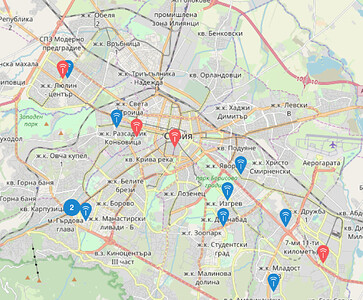From another topic:
At around 14"20’, transcript and emphasis mine:
The long range is actually also a disadvantage of LoRa. Why? Because when you have a receiver which receives in a 2 km area, if you put a lot ot sensors there, let’s see, if you put more than 2,000 sensors in this range of the transmitter, they almost cannot connect to the gateway because everyone attempts to talk and jumps with somebody else who also wants to talk. So this is one of the problems with LoRa.
In Plovdiv we don’t have this problem. But in Sofia there are a lot of people who try to implement LoRa solutions. And, you know, they work on the license free frequency. But “license free”, this doesn’t mean that this frequency is yours. If you want to follow the standard, you should not talk more than 1% of the time. Nobody complies with this. They just talk until the gateway confirms that it received the message. And they make it impossible for other people to follow the standard.
So I had a customer last week and they said “show me where this LoRa works, because we tried in Sofia and it doesn’t work”. I said, yeah, here in Plovdiv it still works, because there are not so many users who do not follow the standard and just emit content, maximum possible distance, the longest messages they can do, and don’t care about the others.
Of course, the following map only shows TTN gateways, but: I wonder if the above can be mitigated by installing more gateways, to decrease the cell size along with ADR:
When one signal is a lot stronger than the other, than it can survive a collision like mentioned above.
